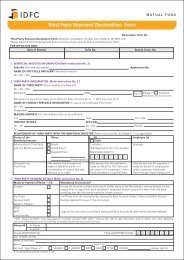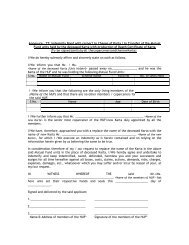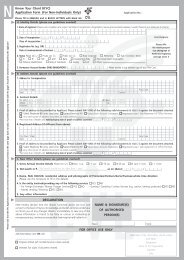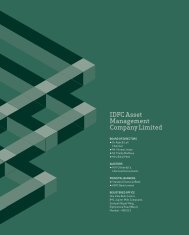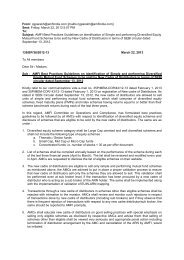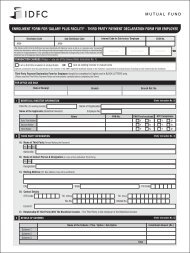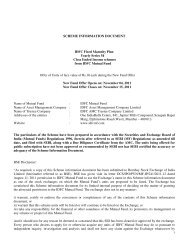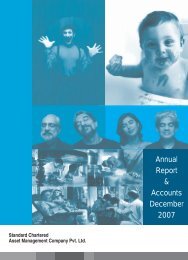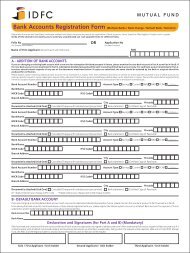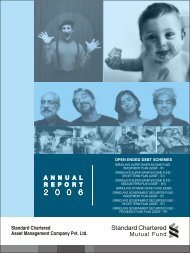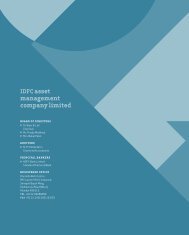Money Multiplier
Money Multiplier
Money Multiplier
Create successful ePaper yourself
Turn your PDF publications into a flip-book with our unique Google optimized e-Paper software.
How <strong>Money</strong> <strong>Multiplier</strong> impacts <strong>Money</strong> Supply<br />
<br />
<br />
<br />
<br />
<br />
<br />
<br />
<strong>Money</strong> supply 2 is a function of money multiplier and reserve money.<br />
Changes in money multiplier will have impact on the money supply.<br />
Factors determining money multiplier are reserve ratio, currency to deposit ratio, creditdeposit<br />
ratio.<br />
Low reserve ratio, would require banks to keep aside less reserves as CRR, thereby<br />
increasing its excess reserves to lend out which increases money supply. Higher reserve<br />
ratio will have reverse effect on money supply.<br />
Currency to deposit ratio (currency leakage) tells how much public is holding as cash<br />
and not re depositing in banks. More cash held by public means lesser deposits thereby<br />
reducing the amount bank can lend out resulting in lower money supply. Reverse holds<br />
true when less cash is held by public.<br />
Credit-deposit ratio indicates how much banks are lending out rather than keeping with<br />
themselves. High ratio means banks are lending out more money which in turn would<br />
increase money supply.<br />
Chart below gives a snap shot of the money supply.<br />
2<br />
<strong>Money</strong> supply refers to broad money(M3) which is currency with public + Deposits with bank (time+<br />
demand deposits )



